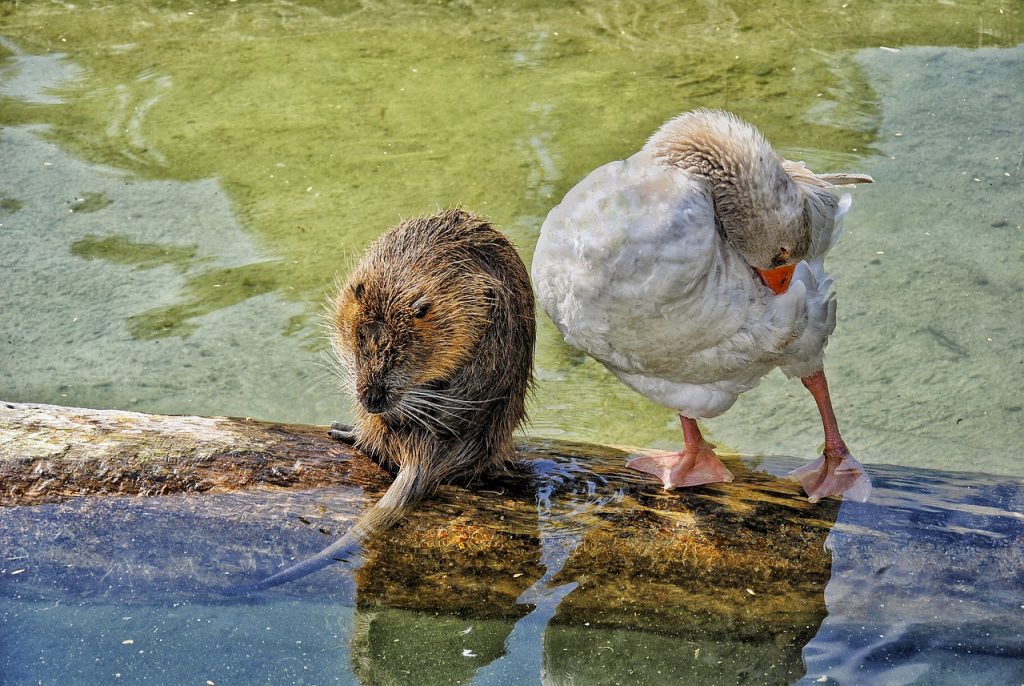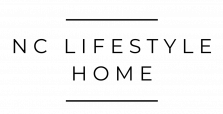EXPLORE NC
Wildlife Feature: Beavers, Ecosystem Engineers
Beavers help shape N.C. Ecosystems
Haley Bowen | January 16, 2021

Recognized as North America’s largest rodent, American Beavers are mainly identified by their fur coats, wide flat tails, and the four large front teeth that they use for chiseling trees and bark. Beavers can be found all over North Carolina in habitats near rivers, lakes, swamps and marshes.
Beavers can make drastic changes to their environment which has earned them the title as ecosystem engineers. They build dams to flood habitat, cut trails to transport food, and dig canals to relocate water. Beaver dams are known to improve ecosystems and water quality by reducing flood waters, removing excess nutrients and chemicals, and recharging groundwater reserves.
The beavers’ alterations of the land and waterscapes also benefit many other species including deer, heron, frogs, and ducks by creating ideal wetland habitat. In North Carolina, even the endangered butterfly, St. Francis Satyr, relies on beavers to help create habitat required for it’s survival and population growth.

Prior to the 19th century, beavers were prized for their fur and an important part of the economy in North Carolina which led to over-trapping. The NC Wildlife Resource Commission helped reintroduce beavers to NC in the 1930s after they were extirpated. The last recorded trapping of a native beaver in North Carolina was in 1897. Today, with few natural predators, beaver populations have rebounded and they are now common in most North Carolina watersheds. Thank you wildlife protections!
